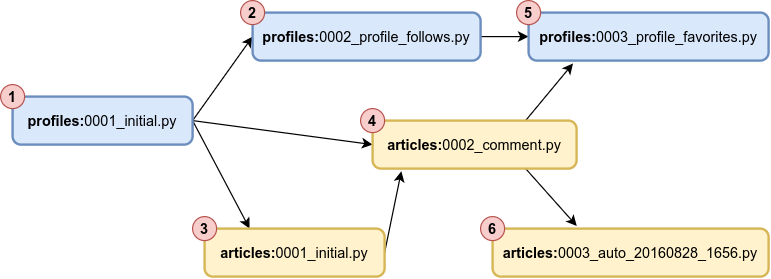Pedestrian Observations
The rail advocate Shaul Picker has uploaded a fascinating potpourri of studies regarding commuter rail operations. Among them, two deserve highlight, because they cover the invention of bad timetable practices in New York, and, unfortunately, not only think those practices are good, but also view their goodness as self-evident. They are both by Donald Eisele, who was working for the New York Central and implemented this system on the lines that are now Metro-North, first introducing the concept to the literature in 1968, and then in 1978 asserting, on flimsy evidence, that it worked. Having implemented it in 1964 based on a similar implementation a few years earlier in the Bay Area, Eisele must be viewed as one of the people most responsible for the poor quality of American mainline service, and his idea of zone theory or zonal operations must be discarded in favor of the S-Bahn takt.
Eisele’s starting point is that commuter rail service should be exclusively about connecting the suburbs with city center. He contrasts his approach with urban transit, which is about service from everywhere to everywhere; trips short of Manhattan were 20% of single-trip ticket revenue for New York Central suburban operations and 5% of multi-ride pass revenue, and the railroad wanted to eliminate this traffic and focus on suburb-to-city commuters. From this inauspicious starting point, he implemented a timetable in which suburban stations are grouped into zones of a few contiguous stations each, typically 2-4 stations. At rush hour, a train only stops within one zone, and then expresses to city center, which in the original case means Grand Central.










:quality(70)/cloudfront-us-east-1.images.arcpublishing.com/cmg/L4IGXEIABZHX7GJ3YYEM5NE35M.jpg)







